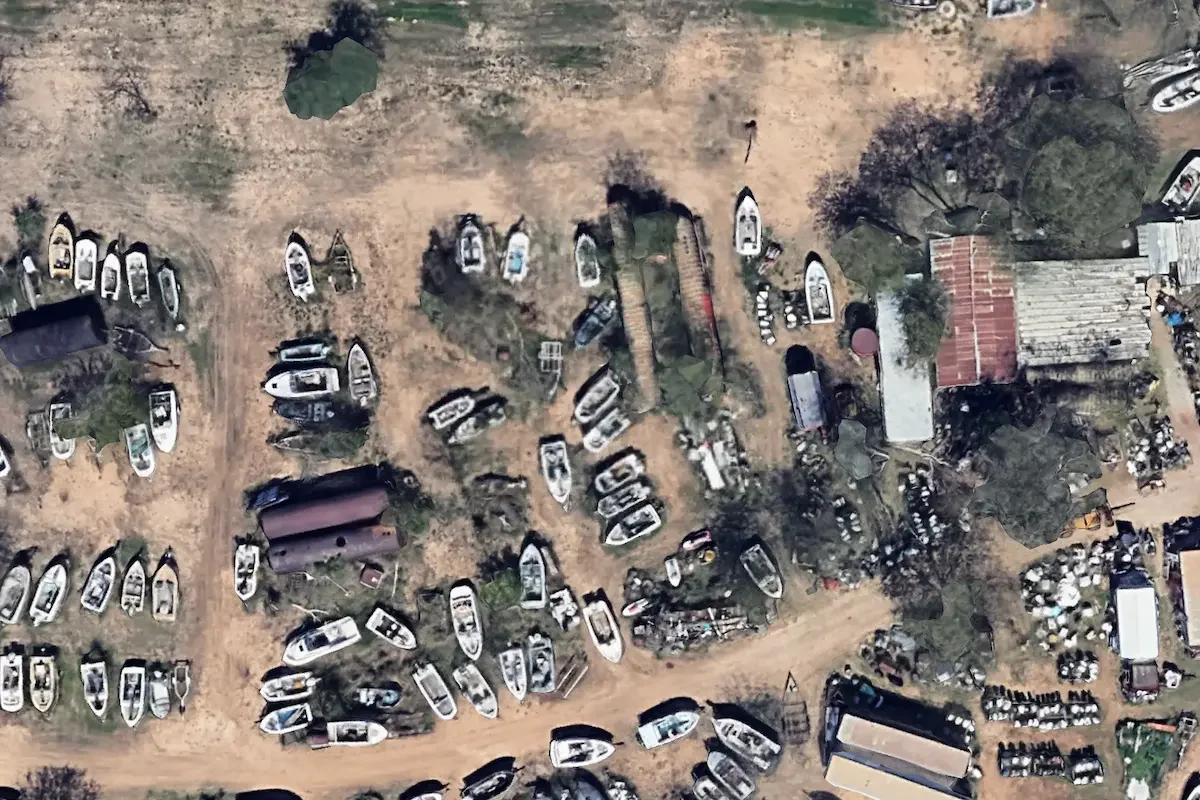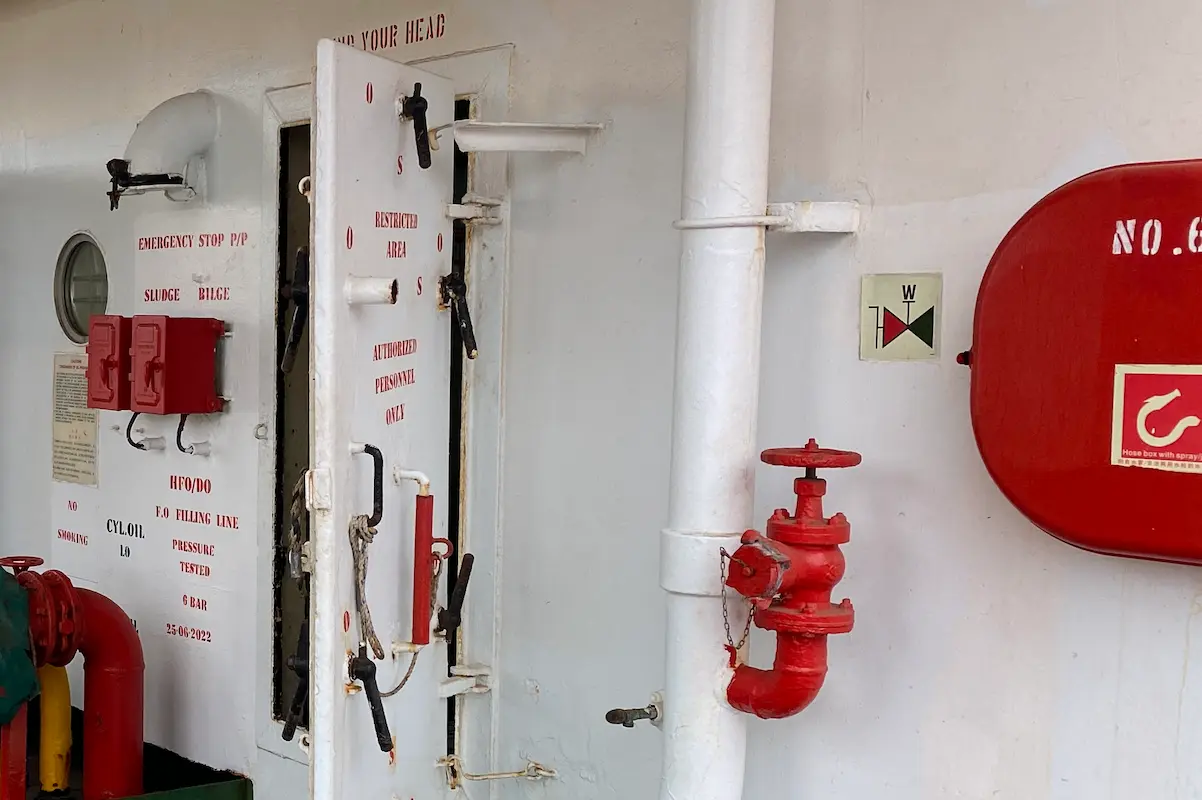Choosing the best fishing rod holder for your pontoon boat is essential for a successful fishing experience.
The ideal holder should be durable, strong enough to handle big fish, offer 360-degree adjustment, and be compatible with a wide range of fishing rods.
Additionally, materials like anti-corrosive ABS or stainless steel ensure long-term reliability, especially in marine environments.
How to Choose the Best Fishing Rod Holders for Pontoon Boats
Selecting the right fishing rod holder requires understanding key features to ensure the best performance. Here are four critical components to evaluate when choosing a rod holder:
- Strength: Ensure the rod holder can withstand the pull of large fish (minimum 10 pounds or more).
- Adjustability: Look for models that offer a 360-degree adjustment range to accommodate different fishing angles.
- Compatibility: The holder should fit both your fishing rods and the pontoon railings, whether square or round.
- Material: Opt for anti-corrosive materials like stainless steel or ABS, especially if fishing in saltwater environments.
By evaluating these features, you’ll find a rod holder suited to your needs.
Best Fishing Rod Holders for Pontoon Boats in 2024
Here are the top fishing rod holders for pontoon boats based on durability, adjustability, and user feedback:
1. Eagle-Claw AABRH Clamp-on Rod Holder

Material: High-impact plastic (anti-corrosive)
Adjustment: 360-degree horizontal, 90-degree vertical
Price: ~$25
The Eagle-Claw AABRH Clamp-on is a favorite among pontoon boat anglers. It’s constructed from heavy-duty plastic that resists corrosion and rust, making it ideal for freshwater and saltwater fishing. The 360-degree adjustability offers excellent flexibility, while its sturdy design can hold rods up to 1.375″ in diameter. Despite being made of plastic, the rod holder’s durability rivals that of some metal models.
It’s also versatile enough for trolling rods, making it an excellent choice for anglers targeting larger fish. With a price point of around $25, it’s affordable and highly functional.
Pros:
- Affordable
- Anti-corrosive and rust-resistant
- Full 360-degree rotation
Cons:
- Plastic material may not appeal to all
Don’t forget to check for better deals on eBay and Walmart.
2. Scotty Square-Rail Mount Rod Holder

- Material: Reinforced nylon
- Adjustment: Limited to vertical angles
- Price: ~$30
Scotty is a trusted brand in the fishing community, and the Scotty Square-Rail Mount Rod Holder is no exception. This model offers a straightforward installation process that takes less than two minutes and does not require drilling. While it lacks the 360-degree adjustment of the Eagle-Claw, it compensates with a solid, reinforced nylon build that resists wear.
One limitation is the lack of a quick-release button, which may slow you down when reeling in fish. It also requires a screwdriver for installation, unlike clamp-on models.
Pros:
- Easy installation
- No drilling required
- Durable nylon construction
Cons:
- Lacks 360-degree adjustment
- Requires a screwdriver for setup
Don’t forget to check for better deals on eBay and Walmart.
3. Brocraft Rod Holder with Aluminum Universal Clamp

- Material: PVC-coated aluminum
- Adjustment: Fully adjustable
- Price: ~$45
If durability is your priority, the Brocraft Rod Holder is an excellent choice. Its PVC-coated aluminum body makes it highly resistant to rust and corrosion, even in harsh saltwater environments. Designed for large fish, this holder can withstand heavy loads without breaking, making it ideal for serious anglers.
Though pricier than other options, its robust build ensures long-term performance. The only drawback is that the metal clamp can scratch pontoon railings, but using a rubber insert will prevent this.
Pros:
- Superior durability
- Fully adjustable
- Suitable for saltwater fishing
Cons:
- Can scratch boat railings
- More expensive than other options
Don’t forget to check for better deals on eBay and Walmart.
Key Features to Consider
1. Strength
When choosing a fishing rod holder, strength is critical. The best rod holders should be able to handle large fish, such as a 10-pounder, without breaking. Ensure the rod holder is made of heavy-duty materials, particularly if you’re targeting big fish like bass or catfish.
2. Adjustment Angle
Adjustability is another crucial factor. Look for rod holders that offer a full 360-degree rotation. This allows you to adjust the angle to suit different fishing techniques, from trolling to bottom fishing.
3. Compatibility
Ensure the rod holder fits both your pontoon’s railing and your fishing rods. Some holders are versatile and work with both round and square rails. Be mindful of your rod’s thickness—ensure the holder can accommodate thick rods used for heavier fish.
4. Material
The material determines the longevity of your rod holder. ABS plastic and stainless steel are excellent choices, especially for saltwater fishing, due to their anti-corrosive properties. Avoid nylon for heavy-duty use as it may not withstand large fish over time.
FAQs
What is the best material for fishing rod holders?
The best materials are anti-corrosive ones like ABS plastic and stainless steel, especially if you plan to fish in saltwater. These materials resist rust and breakage, ensuring a longer lifespan.
Can I use these rod holders for trolling?
Yes, many of the rod holders listed, like the Eagle-Claw AABRH, are designed for trolling. Their adjustable features and sturdy build make them perfect for this technique.
How do I prevent scratching my boat’s railing with a metal rod holder?
To avoid scratching, place a rubber insert or padding between the rod holder’s clamp and the railing. This ensures a secure fit without damaging your pontoon’s surface.
By following the guide above, you’ll find the perfect fishing rod holder to suit your pontoon boat and fishing needs. Each rod holder reviewed offers durability, functionality, and reliability, making them excellent choices for all anglers.
- 11 Boat Salvage Yards in Texas – January 18, 2025
- 7 Boat Salvage Yards in Michigan – January 15, 2025
- Fire Hose SOLAS Requirements, Regulation 10: Ensuring Maritime Safety – January 9, 2025





Leave a Reply